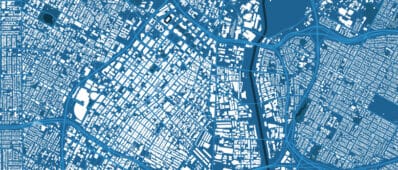Abstract
Transportation agencies often struggle to balance wildlife habitat preservation with infrastructure development, leading to challenging approval processes for transportation projects in sensitive environments. The Endangered Species Act (ESA) requires that public and private project developers mitigate any harm to endangered species and receive a permit from the U.S. Fish and Wildlife Service (FWS). Transportation projects are typically permitted individually, which can be time-consuming and expensive. The ESA’s Regional Habitat Conservation Plan (RHCP) is a tool to help agencies protect the environment while streamlining the permit process for infrastructure development. By addressing environmental issues on a regional scale, RHCPs allow one permit to cover projects in multiple jurisdictions for up to 75 years. RHCPs are popular with transportation agencies, but they require unique collaboration with other stakeholders. Researchers at UCLA examined 21 RHCPs to better understand the nature of these institutional collaborations and ways to maintain them over time



